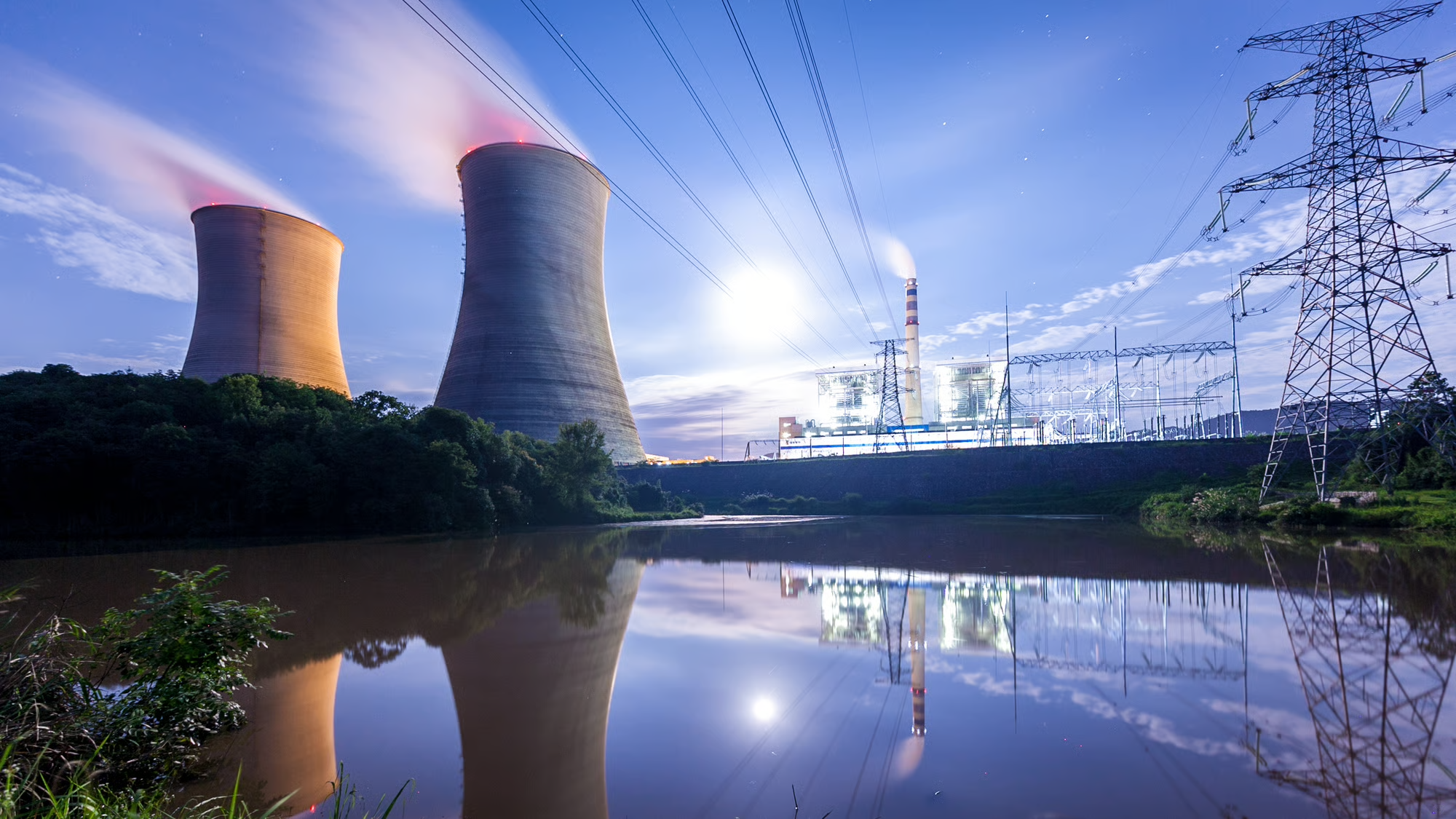OpenAI just hit a major milestone. According to CFO Sarah Friar, in July, the company notched its first billion-dollar revenue month.
Given how popular artificial intelligence (AI) is right now, that's not surprising. What is surprising is how much more the company could have earned if it wasn't lacking a resource that CEO Sam Altman says the company will spend "trillions of dollars" on developing in the "not very distant future."
Here's what's holding OpenAI back and why startup Oklo (OKLO 0.70%) may be on track to win a significant share of those trillions.

Image source: Getty Images.
AI unchained
The biggest obstacle to OpenAI's scalability right now, according to Friar, is access to power, both computing power from powerful GPUs made by Nvidia and the electric power required to run the data centers.
"In terms of AI, it is voracious right now for GPUs and for [computing power]," said Friar in an August interview. "The biggest thing we face is being constantly 'under compute.' That's why we launched Stargate. That's why we're doing the bigger builds."
But Friar doesn't think the current system is sustainable. "We have to do a lot to figure out how to make data centers more efficient, to think about new ways to power them," OpenAI's CFO said. And that's where Oklo comes in.
A new way to power up
It's telling that Friar specifically referenced finding "new ways to power" data centers, because most existing electricity sources are already being used.
For example, Microsoft -- which has invested $11 billion in OpenAI -- has poured money into building new solar farms to power data centers. It and many other AI-focused companies have also signed contracts with nuclear power plant operators for a guaranteed allocation of their generation capacity. Several data centers are located near hydroelectric dams to ensure reliable supplies of both electricity and water for cooling systems. And, of course, coal and natural gas-fired power plants are currently the primary providers of grid power in the U.S.
However, Oklo has proposed one of the few truly "new" ways to power a data center: with a small modular nuclear reactor (SMR). While traditional nuclear facilities have massive footprints to house their giant reactors, SMRs can be housed in much smaller facilities. Oklo recently announced a partnership with engineering company Vertiv to develop cooling systems for data centers powered by onsite SMRs that would cool both the servers and the reactor.
Why Oklo has the edge
A lot of companies are working on SMRs, and while none have yet been able to produce a working prototype -- primarily because of the multi-year regulatory process for all things nuclear -- Oklo has existing ties to OpenAI that would likely place it first in line for OpenAI investment.

NYSE: OKLO
Key Data Points
Oklo went public via a merger with one of Sam Altman's special purpose acquisition corporations (SPACs). Altman himself was chairman of the Oklo board until April, when he stepped down to allow the company to pursue deals with other AI companies without a conflict of interest.
The company believes it could have a working prototype by 2027 or possibly even 2026. Once it's able to prove its technology works, it will likely open the floodgates for investment by power-hungry AI companies like OpenAI. While there's certainly some risk -- the company's design could have unforeseen flaws -- investors who buy in now will have the chance at the biggest rewards.





